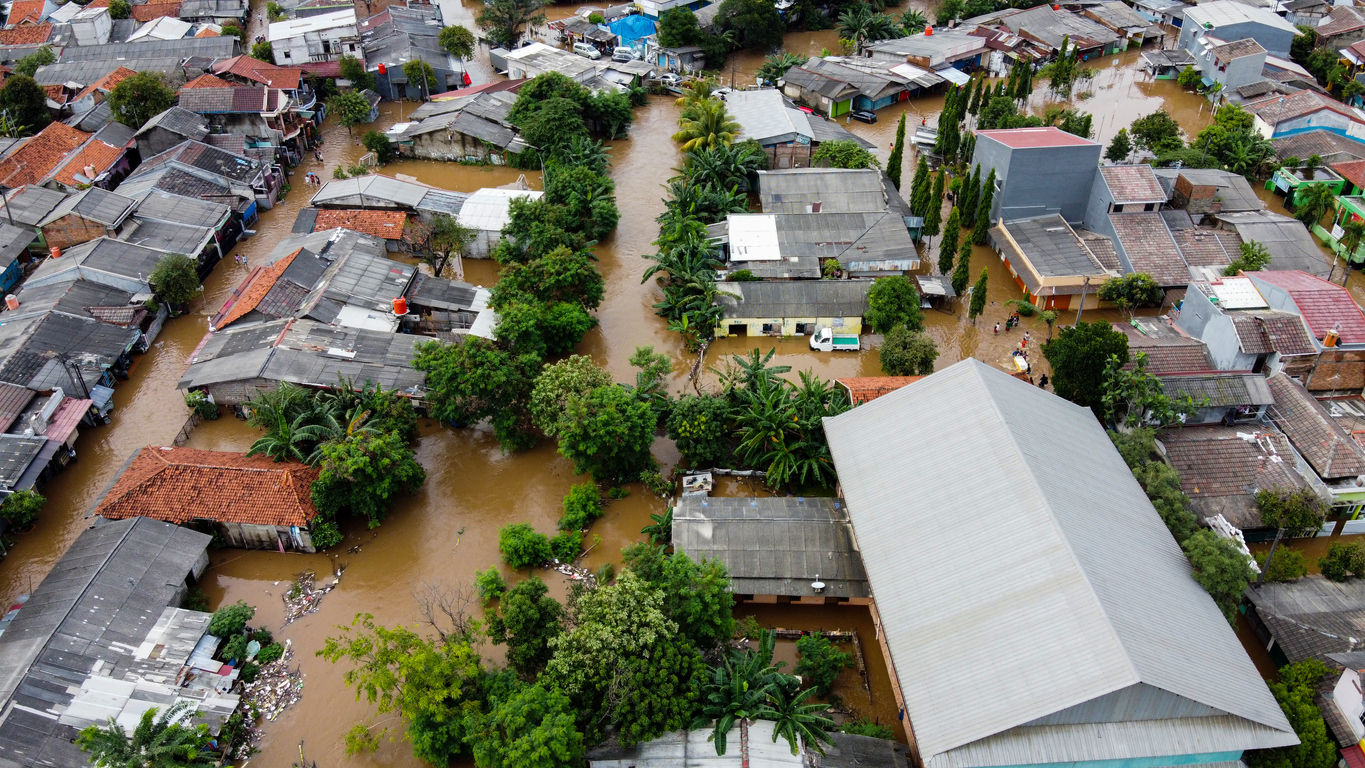As the dust settles after COP26, campaigners have been reacting to the agreements which emerged from the conference.
An important issue as part of the conversation around COP26 was loss and damage, with activists attempting to get the issue on the agenda and secure some money for countries affected by climate change.
Ferret Fact Service looked at loss and damage and how it was addressed at COP26.

What is loss and damage?
The effect of human-induced climate change varies around the world. Loss and damage refers to the negative impacts that some areas are already facing from climate change, such as small island nations and some developing countries.
Loss and damage involves the economic, infrastructure, and social impacts of climate change which are occurring.
Island nations facing land loss due to rising sea levels first put the concept on the international agenda in the early 1990s, and the issue was part of the context around COP26, with some countries and campaigners urging leaders to include tangible loss and damage compensation in negotiations.
Loss and damage is often conflated with mitigation and adaptation funding. However, loss and damage refers to issues which nations cannot adapt to.
What did campaigners want?
At COP26, countries and Indigenous groups at the front line of climate change wanted rich nations to commit to financial compensation for damage incurred.
Much of the historic human impact on the climate comes from industrialised nations such as the US, the EU countries, UK, China and Russia, but many of the countries which are facing the worst impacts of climate change are smaller developing nations who do not contribute significantly to it.
The international community has not yet agreed much on loss and damage beyond an acknowledgement of its existence and a recognition that it should be remedied.
The 2015 Paris Agreement included a section on loss and damage, but with a clause stating the agreement “does not involve or provide a basis for any liability or compensation”.
Much of the practical support has been focused on risk management and technology to help mitigate climate events.
The Glasgow Climate Pact, agreed at COP26, includes a section on loss and damage which urges developed countries to “provide enhanced and additional support for activities addressing loss and damage”.
While loss and damage has moved up the agenda for climate discussion, no clear action has been agreed, and the issue will be included in further discussions at next year’s COP27.
Advocates for loss and damage support said that developed nations had pushed back against calls for compensation.
Together with the island nations, a group of countries called the G77, which includes 134 developing countries plus China, was pushing for a separate financial funding facility for loss and damage compensation. However this was not taken forward in the final COP26 deal.
Why are rich nations reluctant?
While most developed nations now accept there is a need for money to be channeled towards poorer countries affected by climate change damage, much of this money has been tied to mitigation and adaptation.
Mitigation usually refers to attempts to reduce greenhouse gas emissions through renewables and carbon reduction.
Adaptation means solutions and changes required to reduce the harmful impacts of climate change, such as early weather warning systems or flood defences.
What richer nations appear reluctant to do is accept liability and risk for their role in climate change through historic and current carbon emissions. Paying out compensation or reparations to climate affected countries could open them up to being sued for any damage caused.
Has any money been pledged for loss and damage?
Money has been pledged for climate finance, in order to help with mitigation and adaptation. In 2009, richer nations pledged $100bn to less wealthy countries to assist with climate change adaptation. However this appears to have not been fully delivered in time.
In terms of direct compensation for climate impact, nothing has yet been agreed.
The Scottish Government has pledged £2m towards loss and damage, announced during COP26. It was described as breaking “the taboo” around direct financing for less developed countries facing climate consequences they did little to cause.

Photo thanks to iStock/syahrir maulana.














